Nordic Style and Functionalism: The Essence of Mid-20th Century Bathroom Design
 Jun 12,2024
Jun 12,2024

 Adding Green
Adding Green
I. Background and Origins
The Nordic style emerged from the cultural and social landscapes of Scandinavia, where harsh climates and limited resources shaped a design ethos centered around functionality and simplicity. Influenced by the principles of modernism, Nordic designers emphasized the importance of creating spaces that were not only aesthetically pleasing but also highly practical and efficient.
II. Key Characteristics
1. Simplicity and Minimalism: At the heart of Nordic design is a commitment to simplicity and minimalism. Clean lines, uncluttered spaces, and a neutral color palette dominate this style, creating a serene and inviting atmosphere. In bathroom design, this translates to fixtures and fittings that are straightforward and unadorned, focusing on essential forms and functions.
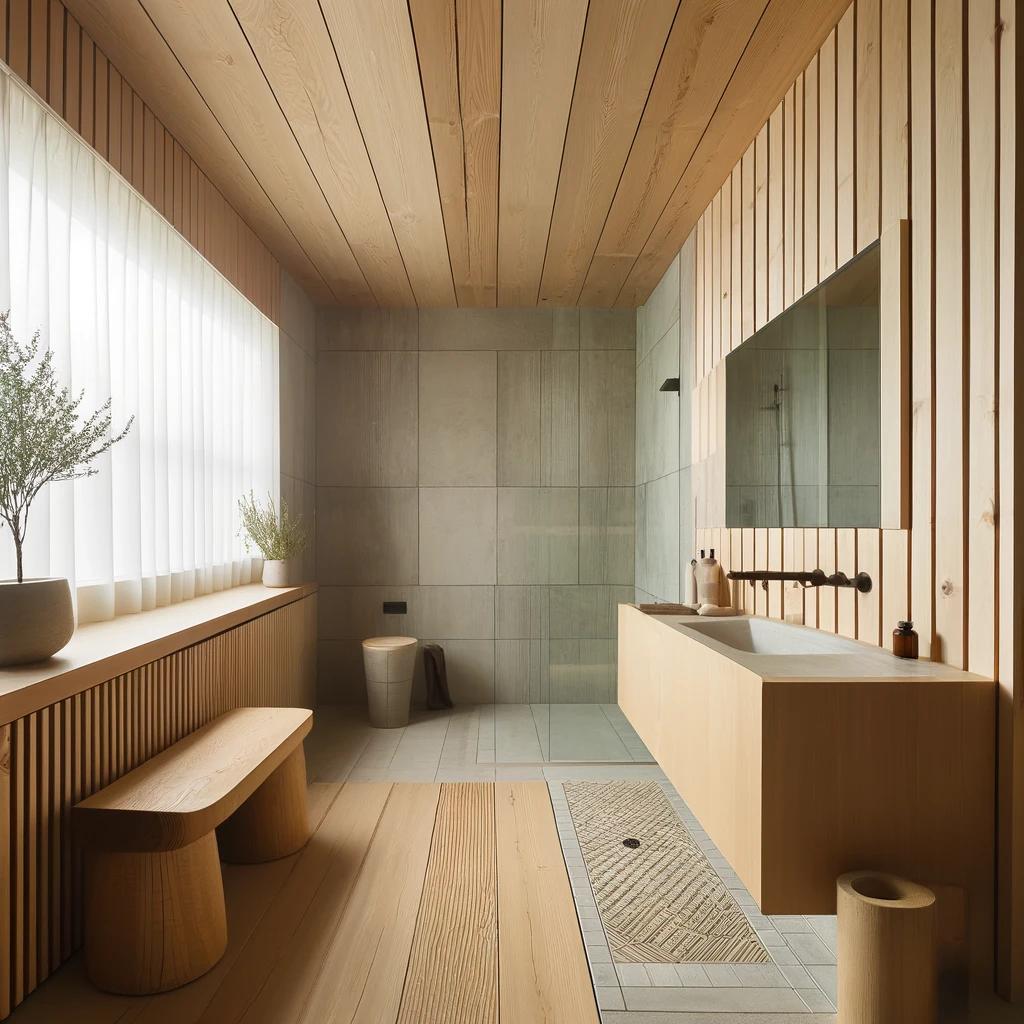
2. Natural Materials: Nordic design places a strong emphasis on the use of natural materials. Wood, stone, and cement are commonly used, each bringing a unique texture and warmth to the space. Cement, in particular, gained popularity for its durability and versatility, often used in sinks, countertops, and flooring.
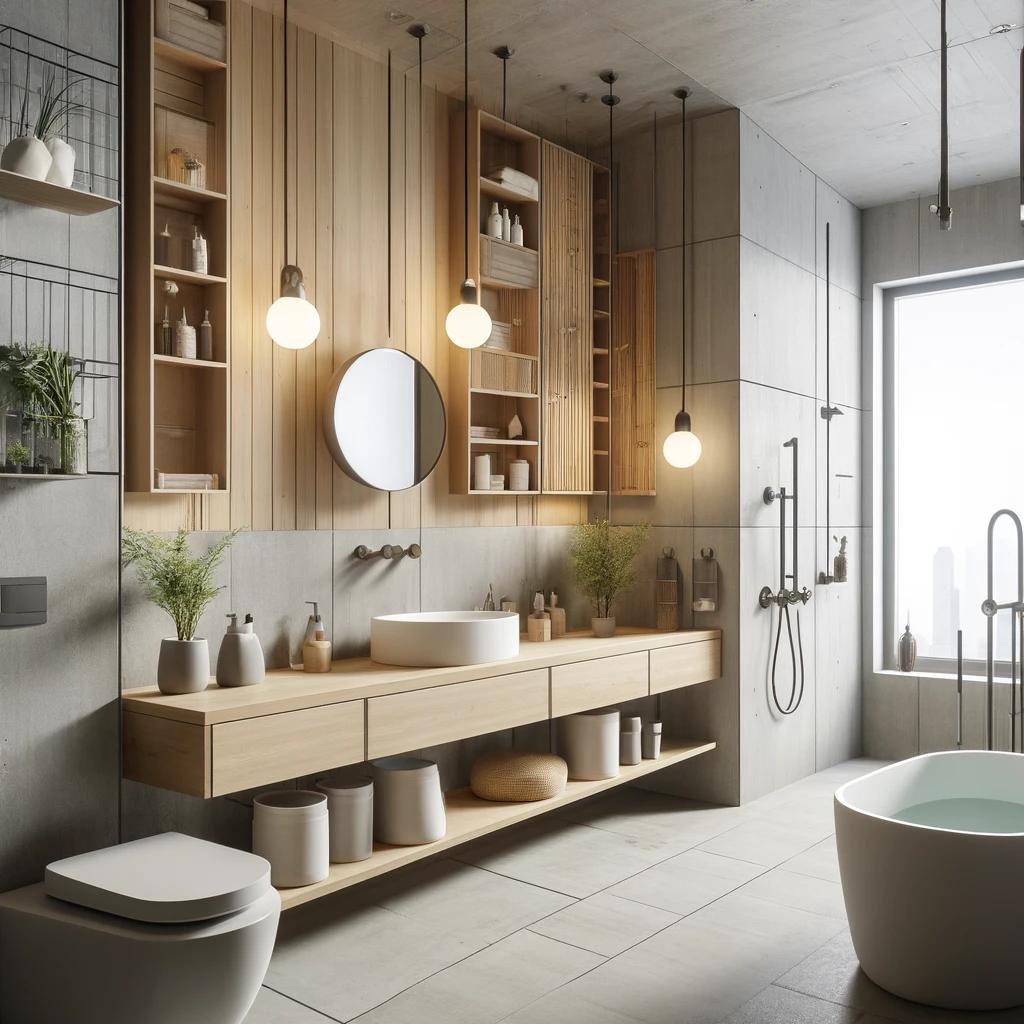
3. Functionality and Practicality: Functionalism is a key tenet of Nordic design. Every element in a bathroom is designed with purpose and utility in mind. Storage solutions are integrated seamlessly into the design, ensuring that the space remains organized and efficient. Fixtures are designed to be user-friendly, with a focus on ergonomic and intuitive design.
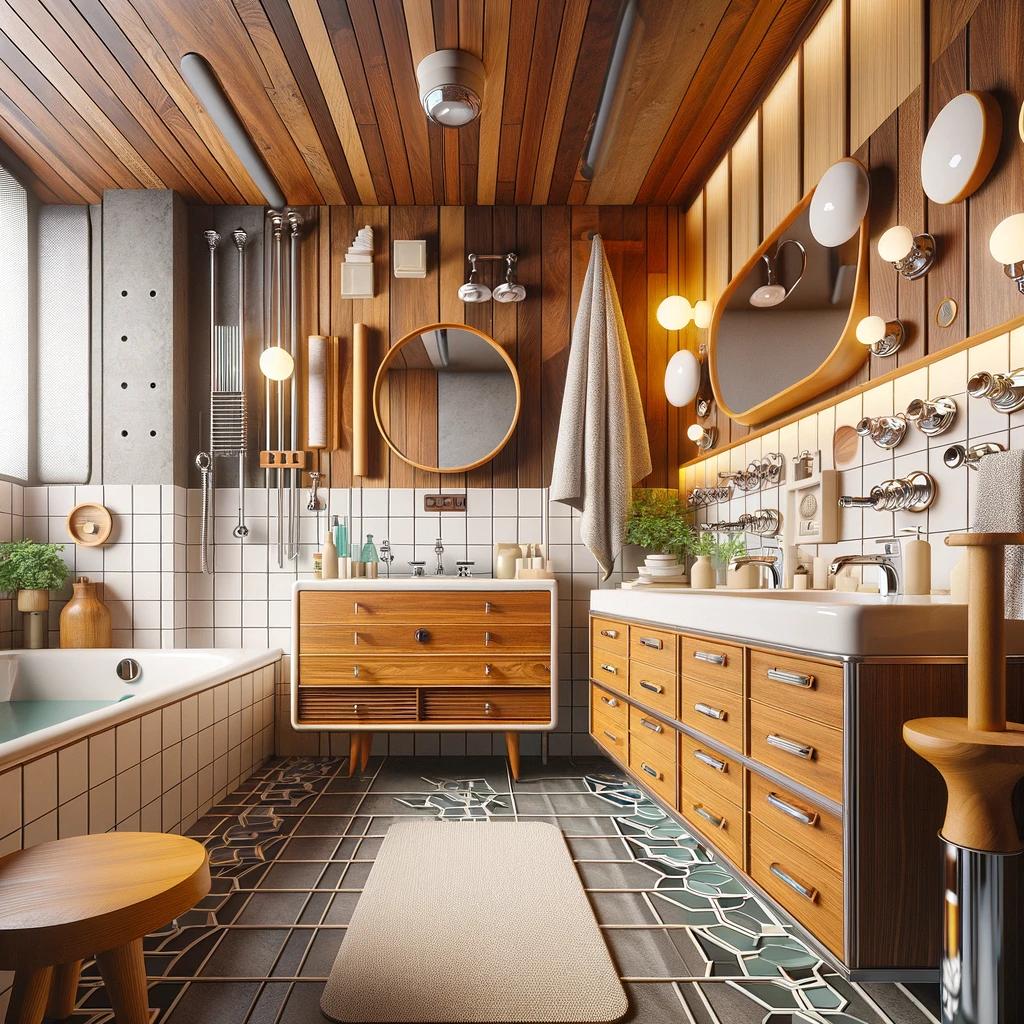
III. Influence of Functionalism
Functionalism, a movement that emerged in the early 20th century, profoundly influenced Nordic design. This approach advocates that the form of a building or product should be determined by its function. In the context of bathroom design, this means creating spaces that are easy to use, maintain, and adapt to the needs of the user.
IV. Integration of New Materials
The mid-20th century saw the introduction of new materials in bathroom design, further enhancing the functionalist approach. Materials such as plastic and stainless steel were incorporated alongside traditional materials like wood and stone. This combination allowed for greater flexibility and innovation in design, enabling the creation of durable, easy-to-clean, and visually appealing bathroom fixtures.
V. Impact on Modern Bathroom Design
The influence of Nordic style and functionalism continues to be felt in contemporary bathroom design. Modern bathrooms often reflect the principles of simplicity, functionality, and the use of natural materials that were championed by mid-20th-century Nordic designers. Cement remains a popular choice for its durability and aesthetic appeal, used in a variety of applications from sinks to flooring.
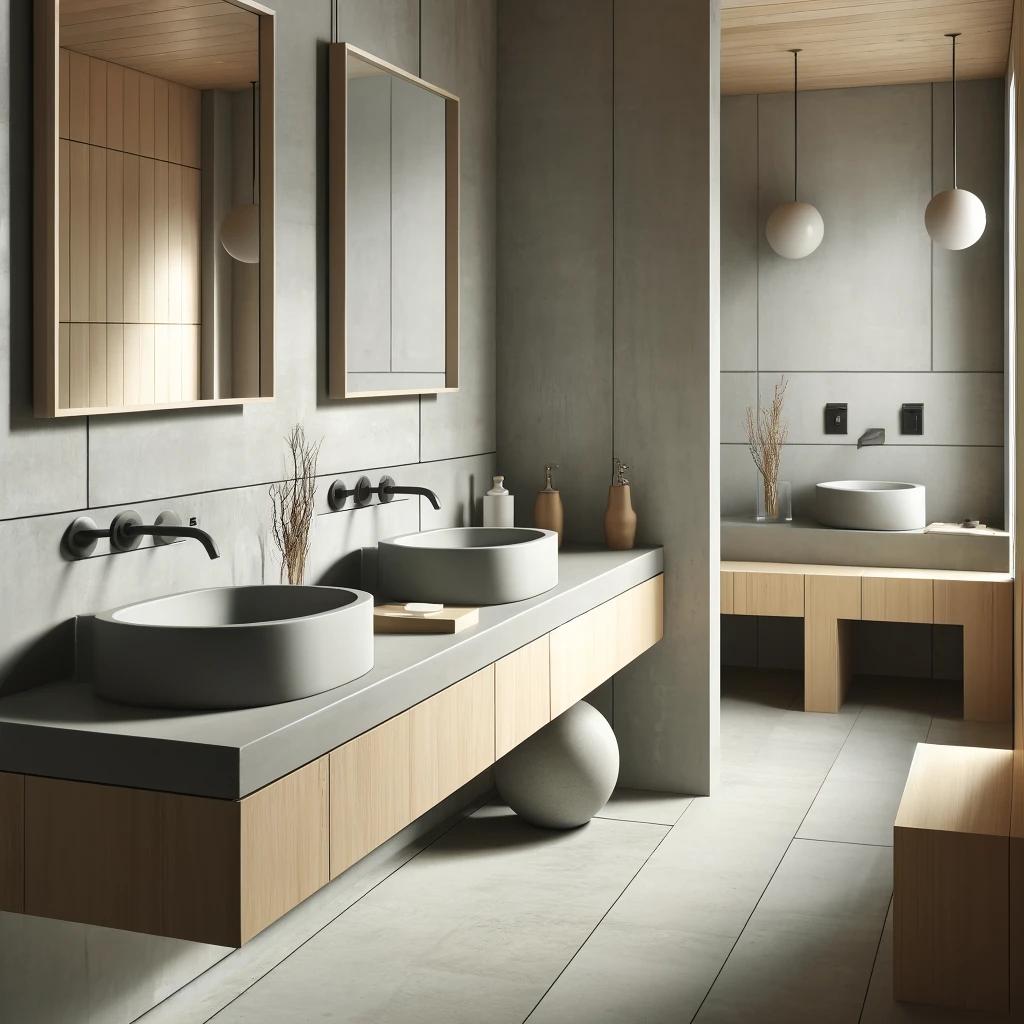



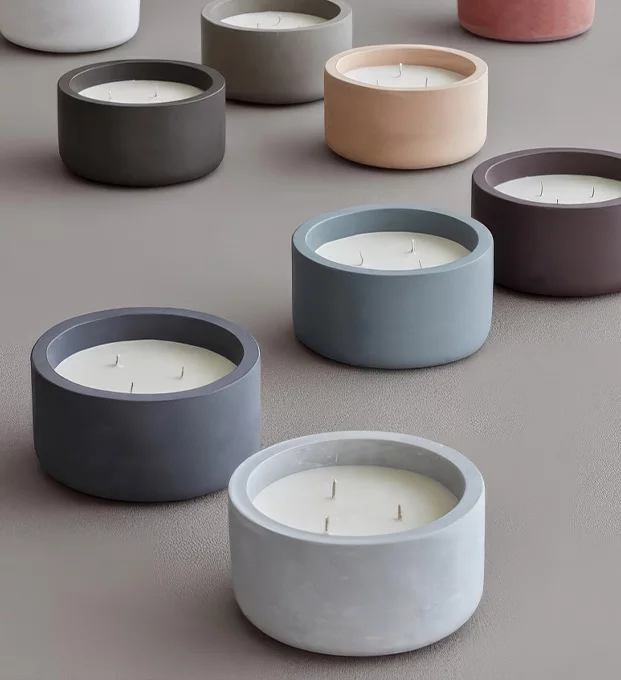
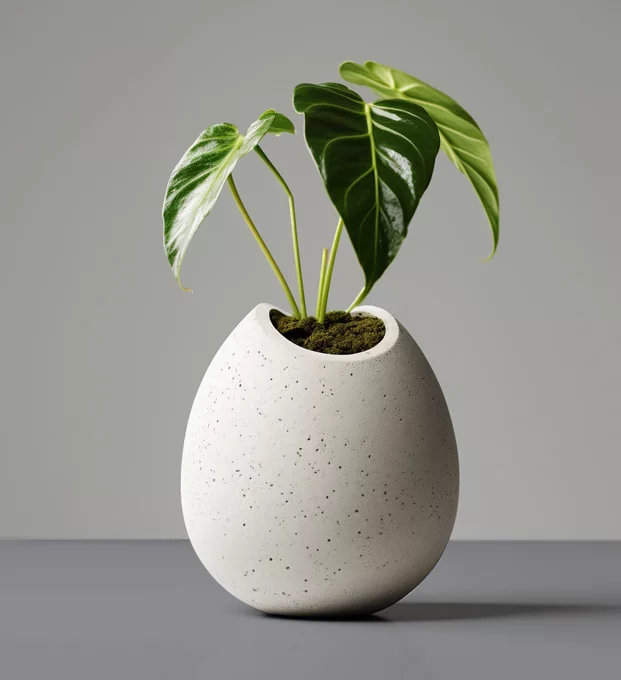
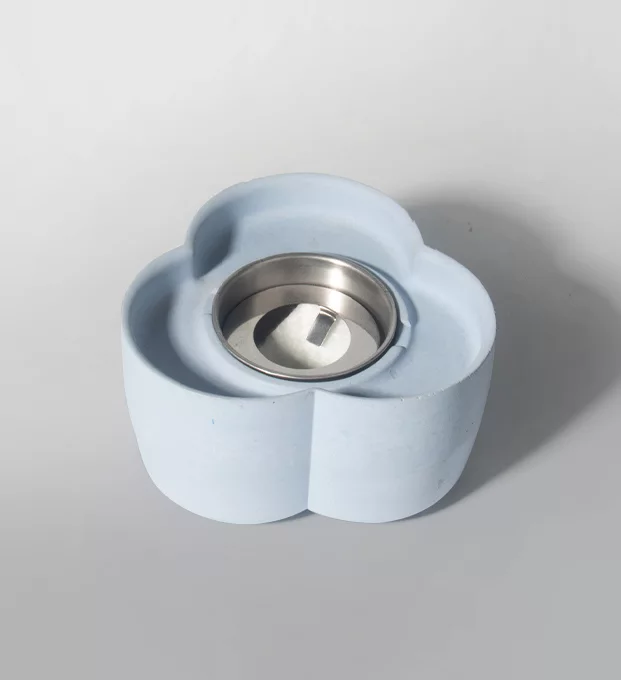

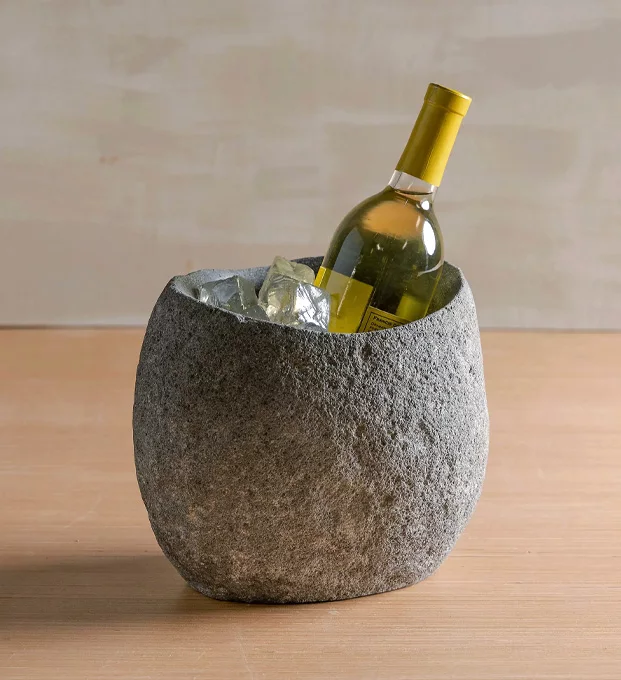




 CN
CN
 HOME
HOME The Application of New Materials in Post-War Bathroom Design: Plastics, Stainless Steel, and More
The Application of New Materials in Post-War Bathroom Design: Plastics, Stainless Steel, and More  You May Also Like
You May Also Like
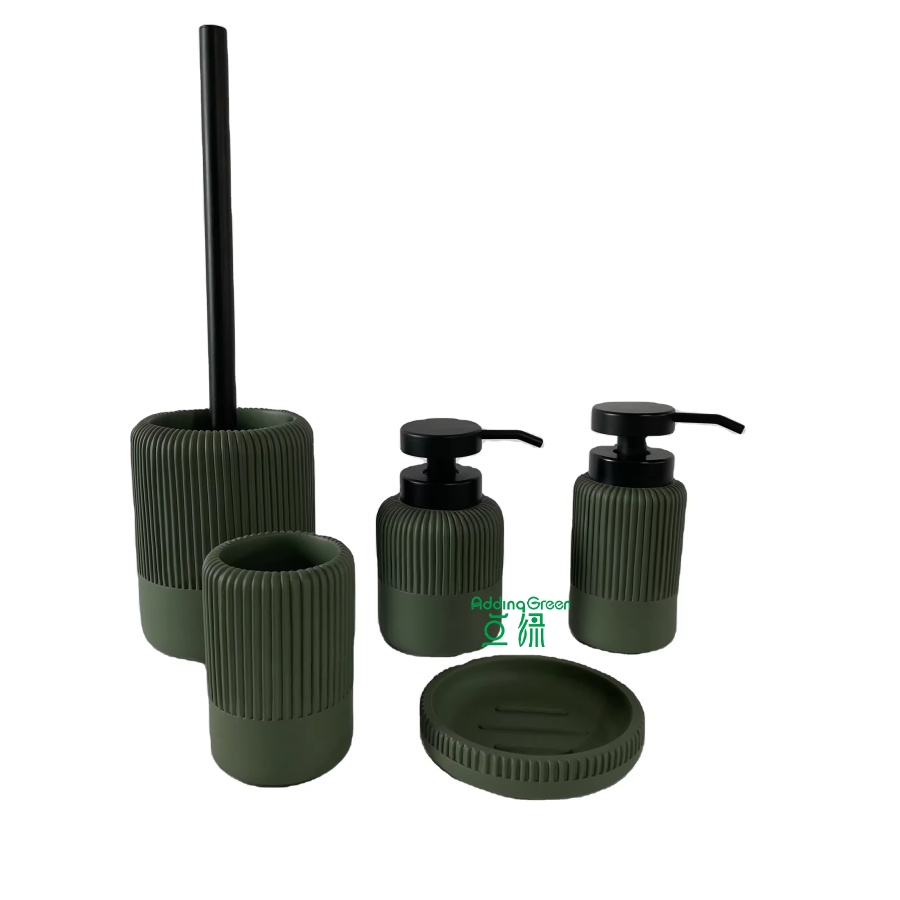


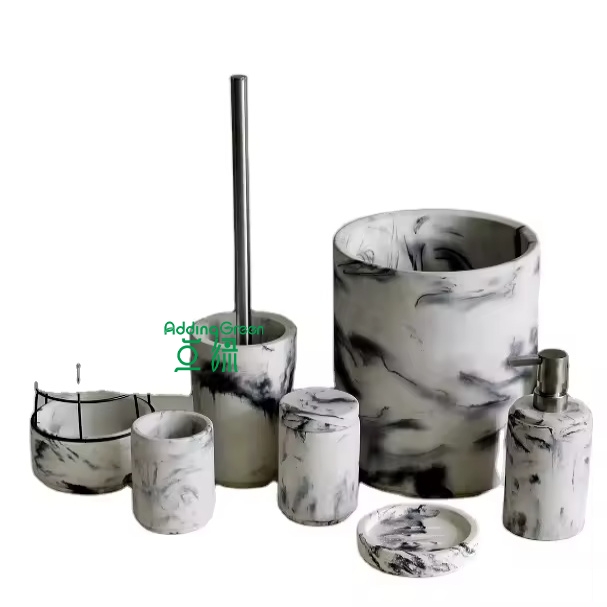

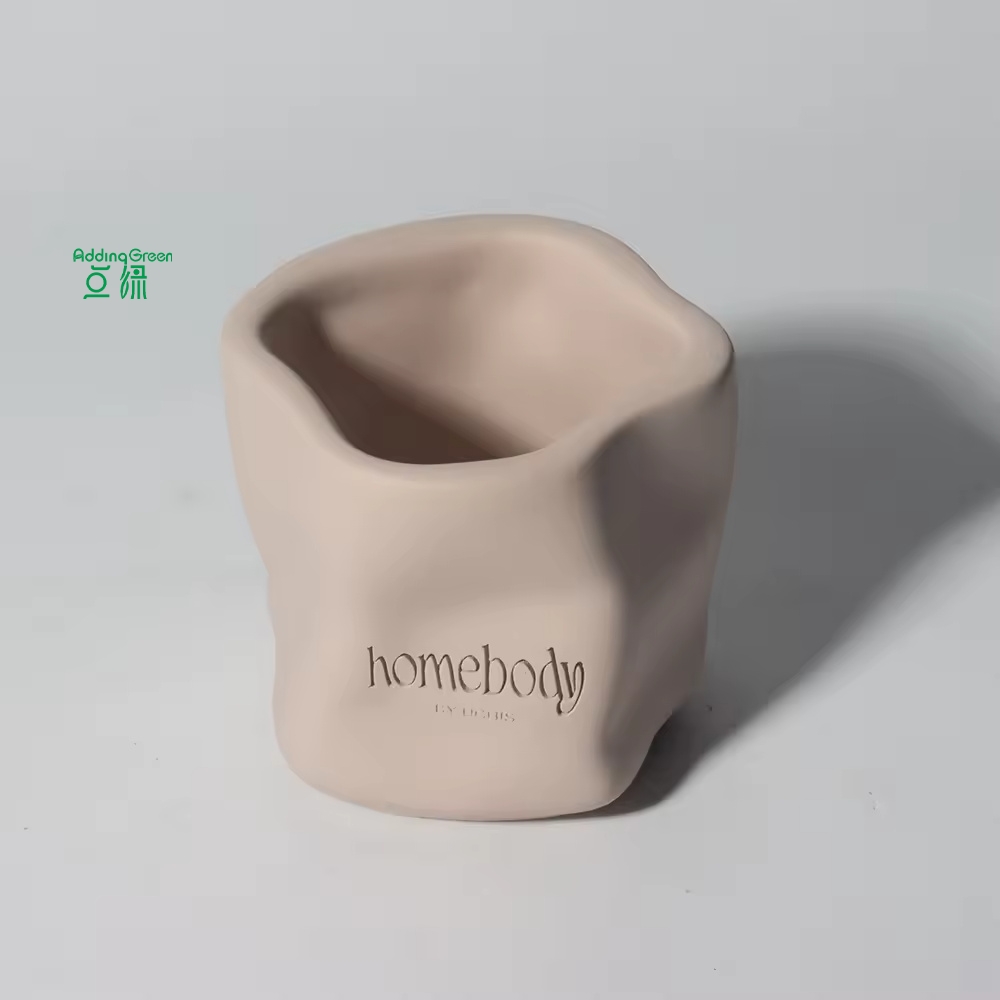
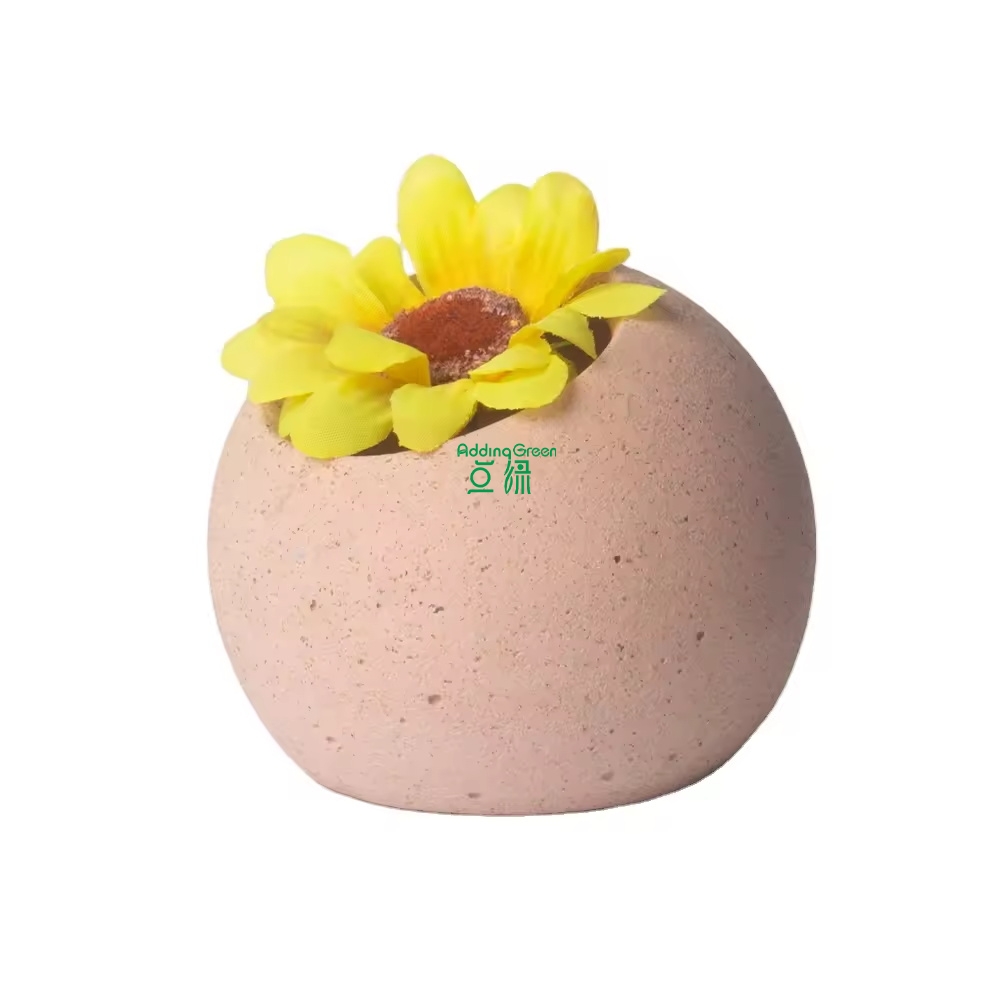
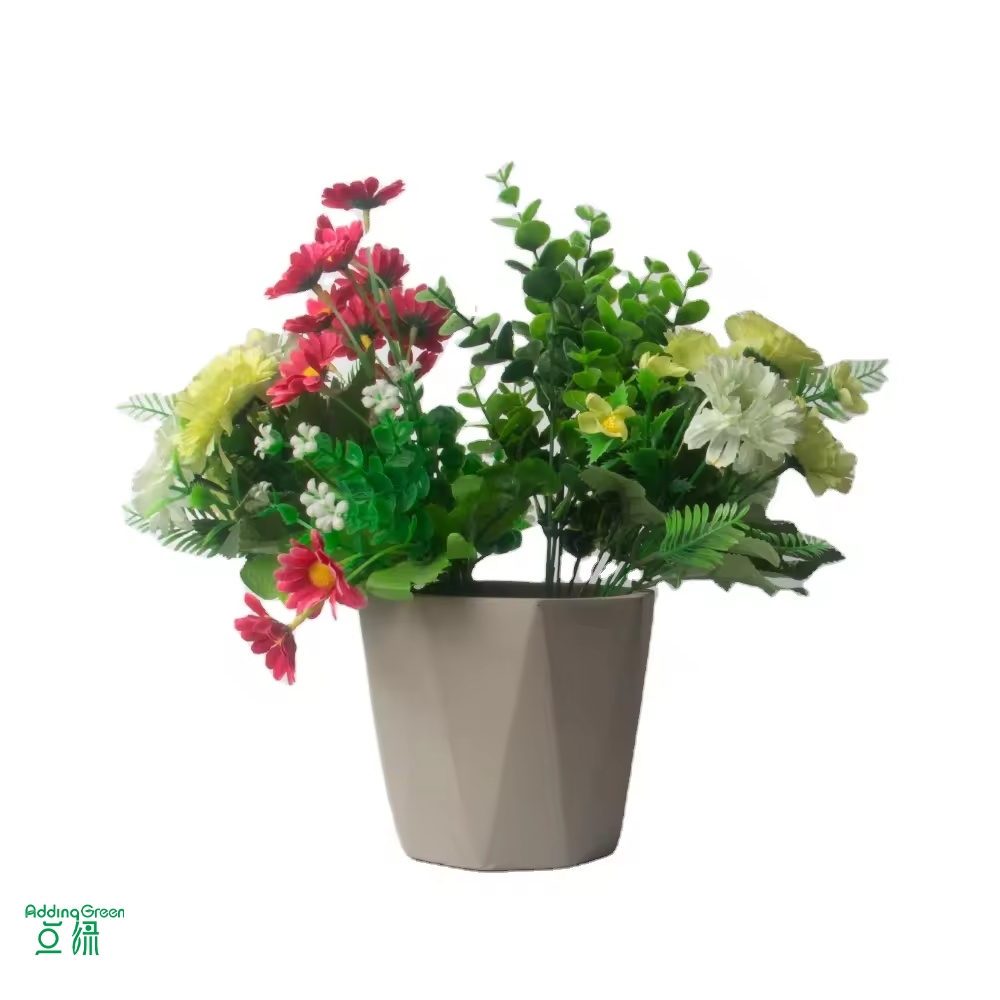
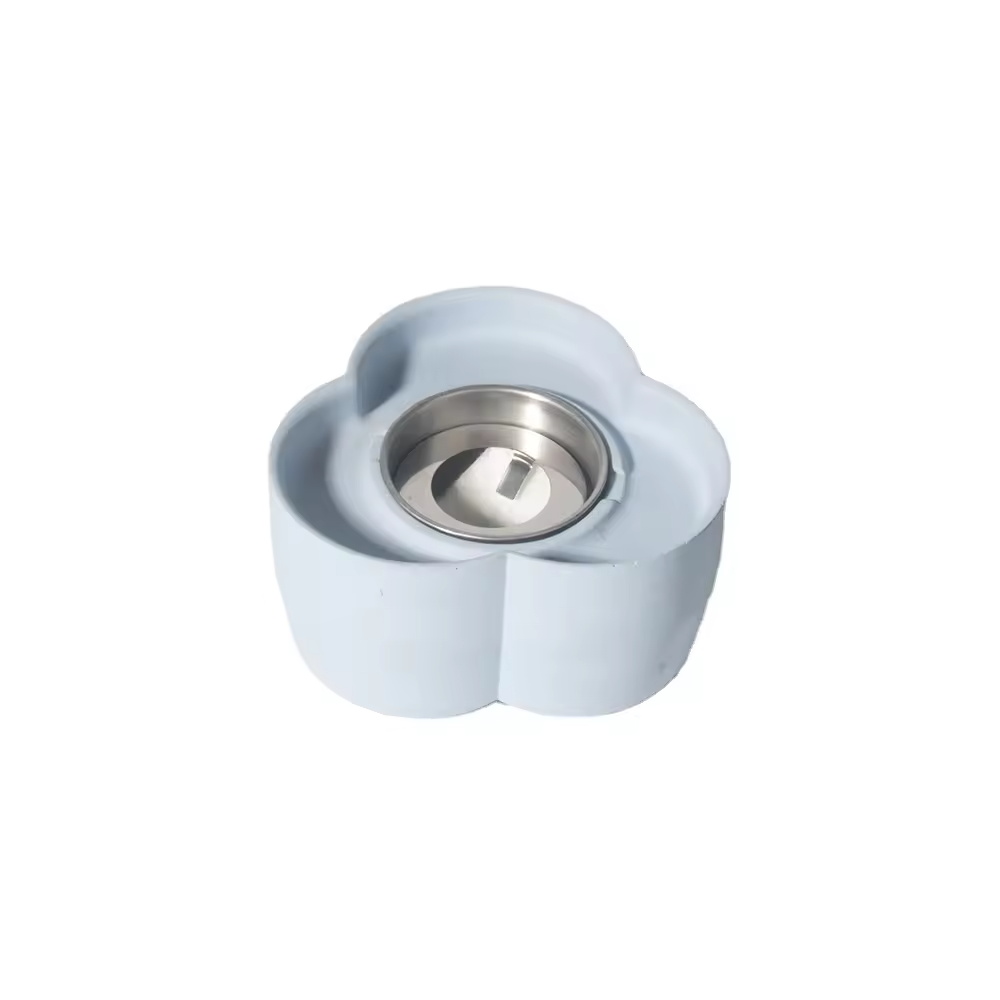

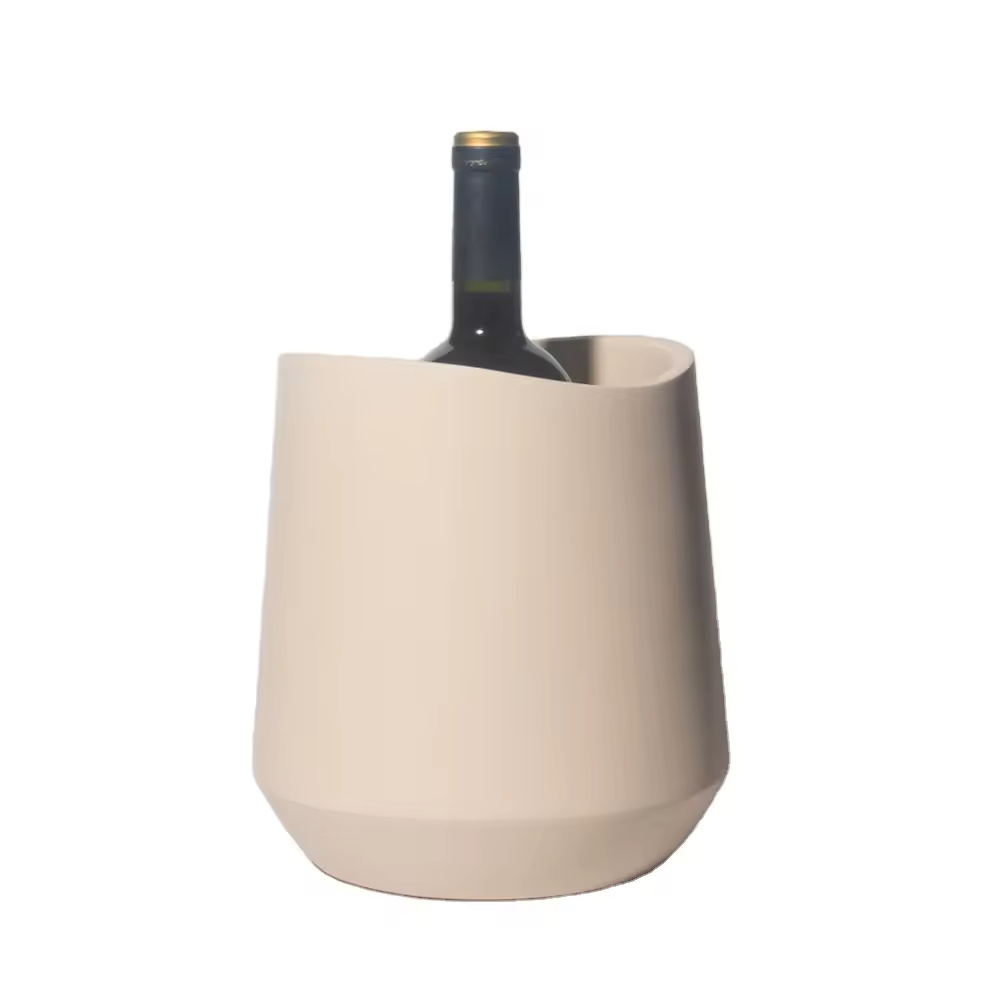

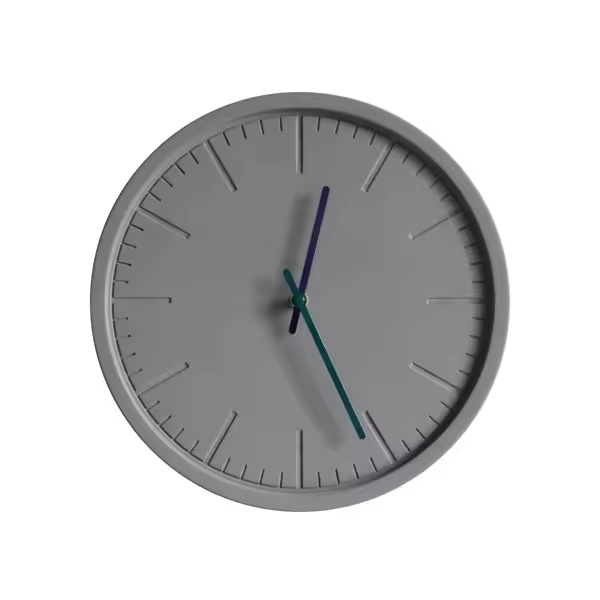
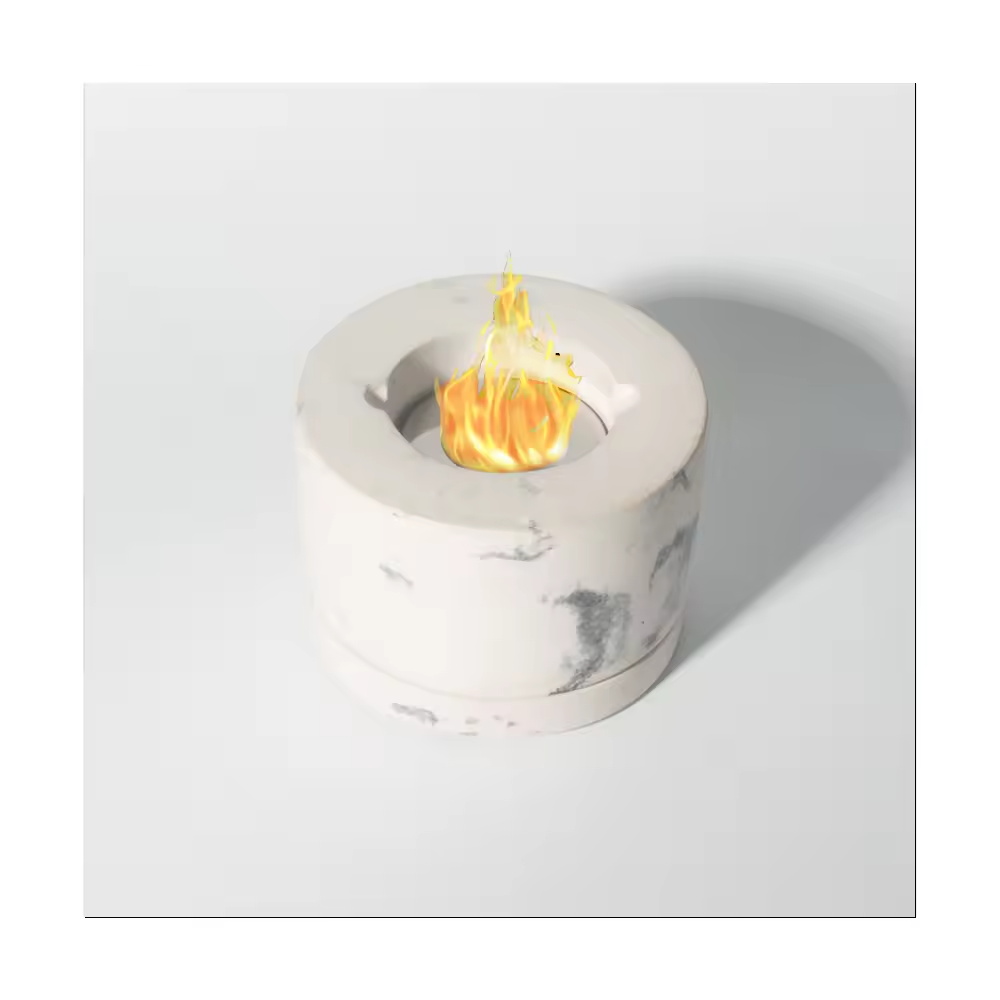
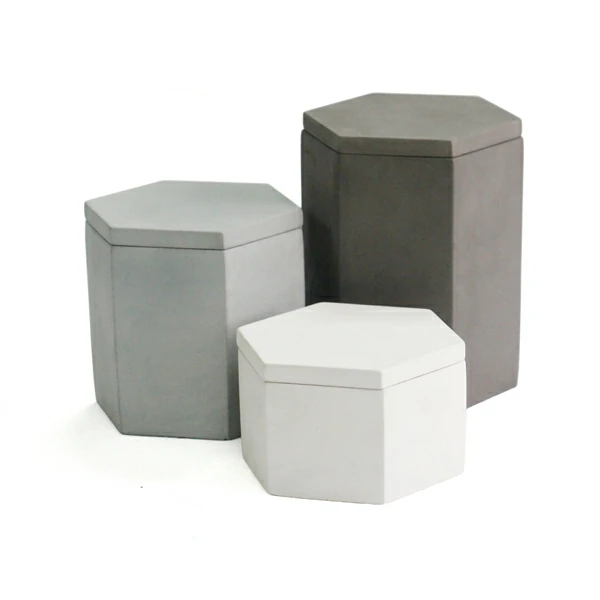
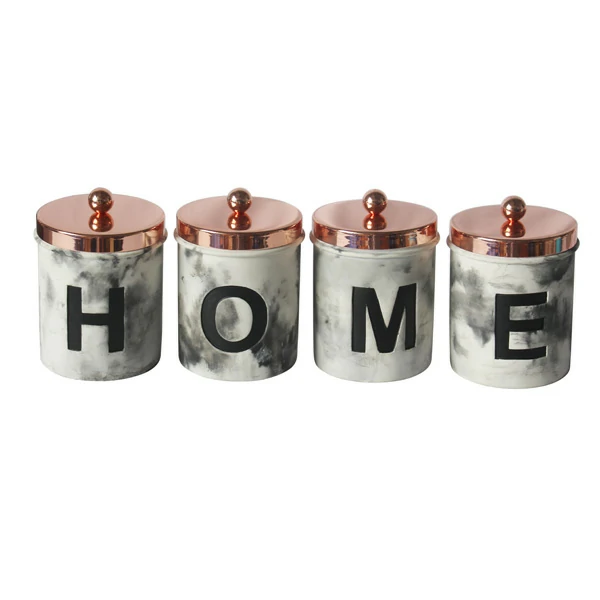
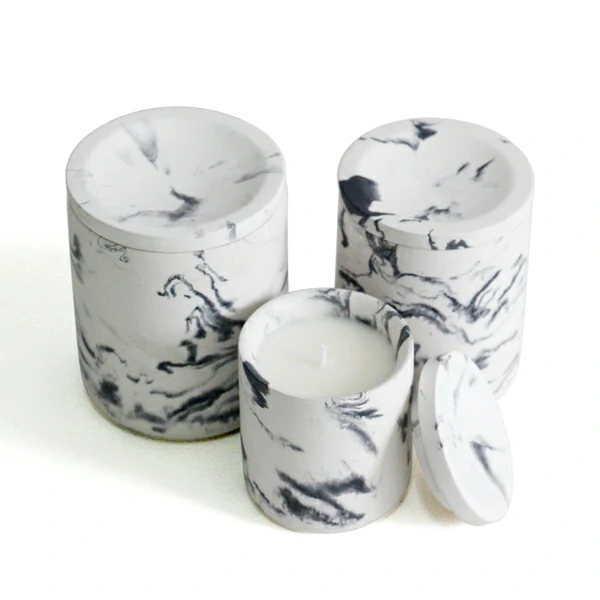

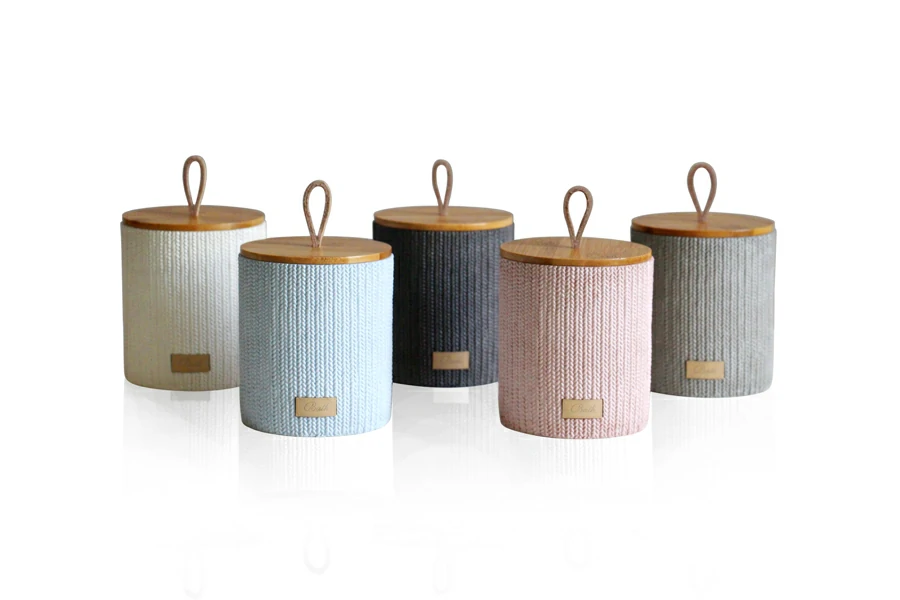
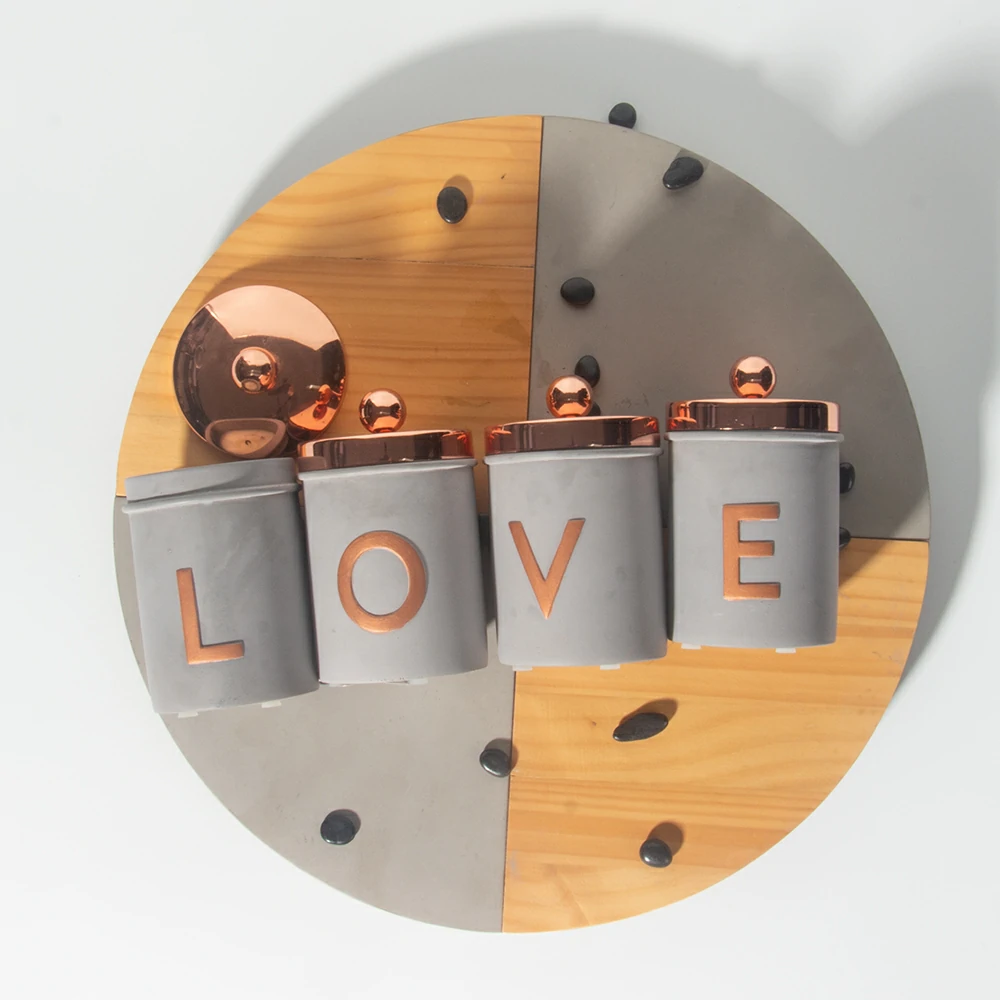

 Tel
Tel
 Email
Email
 Address
Address










